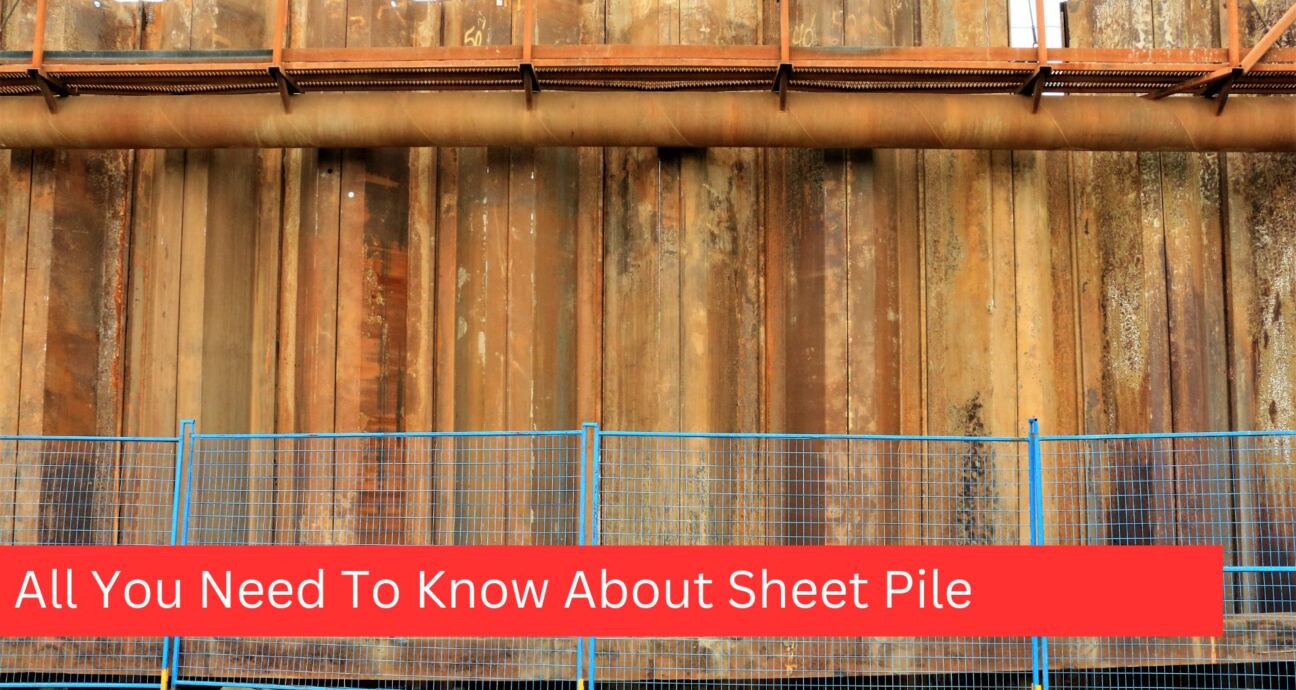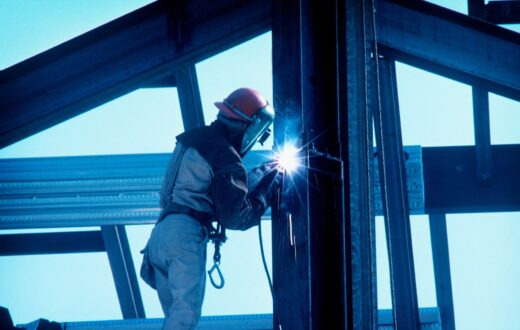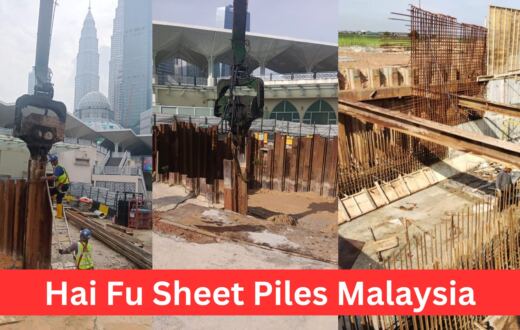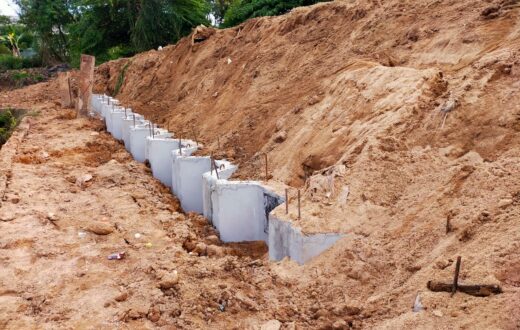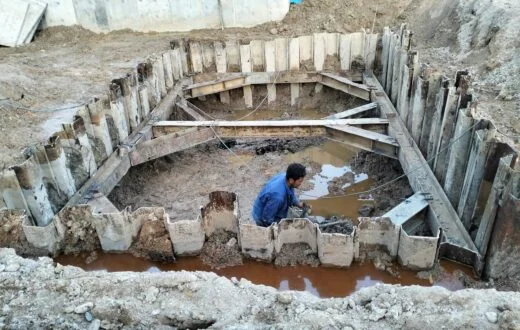Sheet Pile Introduction
The Fundamentals of Sheet Piles
Types of Sheet Piles
Timber Sheet Pile
Reinforced Concrete Sheet Pile
Steel Sheet Pile
Materials Used for Sheet Piles
Engineering Principles and Installation Methods
Successful Case Study on Sheet Pile: The Malacca River Beautification Project

Challenges and Innovative Solutions
Standards and References
FAQ
Q1: What are sheet piles used for in construction?
Sheet piles are used to provide earth retention and excavation support, manage groundwater flow, prevent soil collapse around construction sites, and protect waterfront developments from erosion. They are essential in constructing retaining walls, cofferdams, and flood defense structures.
Q2: What materials are sheet piles made from, and how do I choose the right one?
Sheet piles are primarily made from timber, reinforced concrete, and steel. The choice depends on the project’s requirements: timber is cost-effective for temporary structures, reinforced concrete is suited for permanent applications requiring durability, and steel is preferred for its strength-to-weight ratio and versatility. Consider the environmental conditions, project duration, and structural needs when choosing.
Q3: How are sheet piles installed?
A3: Sheet piles can be installed using driving or hydraulic pressing methods. Driving involves using vibratory or impact hammers to drive the piles into the ground, suitable for a wide range of soil conditions. Hydraulic pressing, which presses the piles into the ground without significant vibrations, is ideal for sensitive environments. The choice of method depends on the site conditions and project requirements.
Q4: Can sheet piles be reused or recycled?
Yes, steel sheet piles, in particular, can be reused in other projects or recycled at the end of their service life, making them an environmentally friendly option. Reusing and recycling sheet piles align with sustainable construction practices by reducing waste and conserving resources.
Q5: What are the key considerations in the engineering design of sheet pile walls?
The engineering design of sheet pile walls involves considering the geotechnical characteristics of the site, hydrostatic pressures, load-bearing requirements, and the interlocking mechanism’s integrity. Calculating the bending moments and shear forces is crucial to ensure the wall can withstand the anticipated loads. Adherence to relevant standards and guidelines, such as those from the ASCE or Eurocodes, is essential for safe and effective design.
Q6: How do I ensure the longevity of sheet pile installations?
Ensuring the longevity of sheet pile installations involves choosing the right material for the environmental conditions, applying appropriate corrosion protection measures (such as coatings for steel piles), and conducting regular inspections and maintenance. For projects in aggressive environments, consider additional protective measures like cathodic protection.
